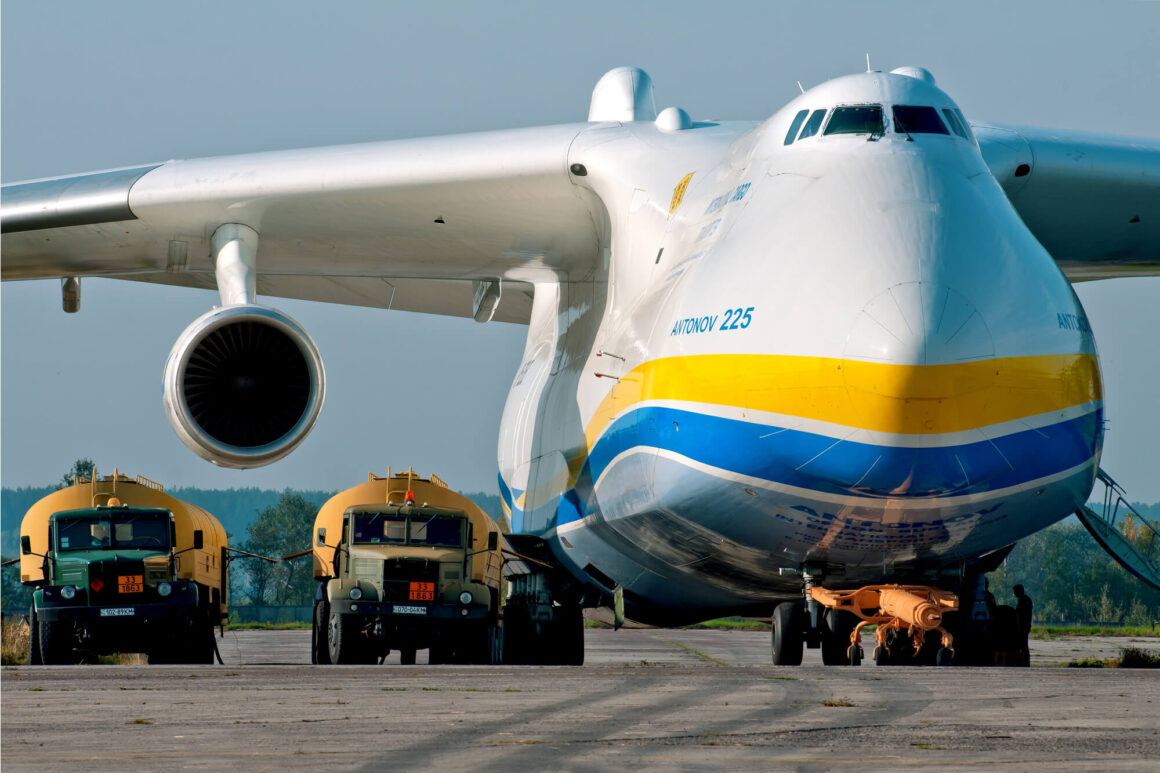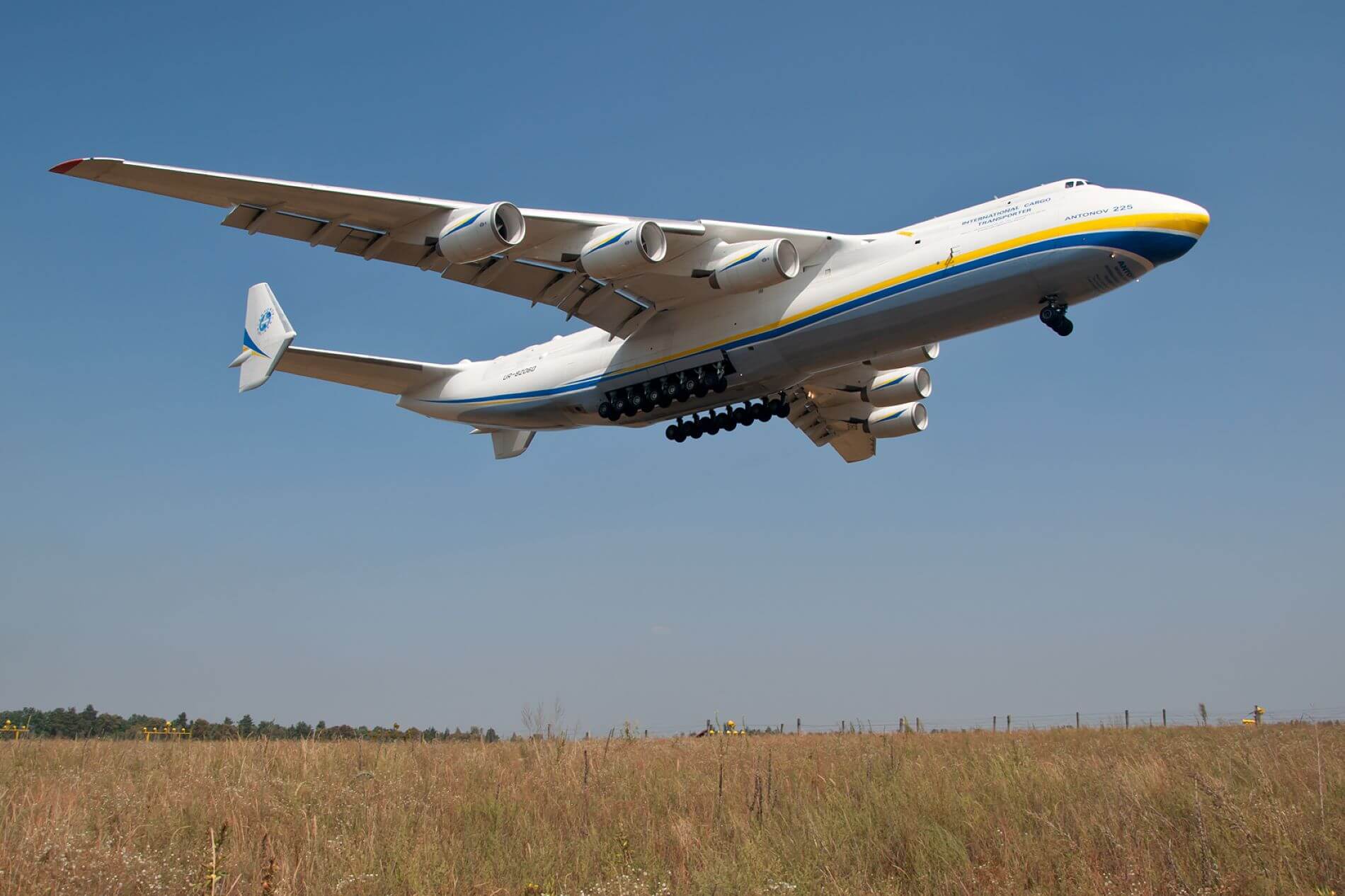The Antonov An-225 Mriya is a marvel of modern engineering and a testament to human ingenuity in aviation design. This extraordinary aircraft holds the title of being the largest and heaviest operational cargo plane in the world, capturing the imagination of aviation enthusiasts globally. Its sheer size and capabilities have earned it a special place in the history of aviation, making it an iconic symbol of technological advancement.
Since its first flight in 1988, the An-225 has been a subject of fascination for engineers, pilots, and aviation aficionados alike. Originally designed to transport the Soviet Union's space shuttle, the Buran, this aircraft has evolved into a crucial player in global logistics, capable of carrying oversized and heavy payloads that no other aircraft can handle.
Today, the An-225 continues to inspire awe and admiration as it takes on missions that push the boundaries of what’s possible in air transportation. Its unique capabilities and storied history make it an essential topic for anyone interested in the world of aviation and aerospace engineering.
Read also:Financing A Funeral In Bellevue Comprehensive Guide To Planning And Funding
Table of Contents
- Biography of the Antonov An-225
- Technical Specifications and Design Features
- Historical Background and Development
- Operational History and Notable Missions
- Unique Capabilities and Payloads
- Future Prospects and Potential Upgrades
- Economic Impact and Global Logistics
- Environmental Considerations and Sustainability
- Challenges and Limitations
- Conclusion
Biography of the Antonov An-225
The Antonov An-225 Mriya, named after the Ukrainian word for "dream," was developed by the Antonov Design Bureau in the Soviet Union during the 1980s. Below is a summary of its key characteristics:
| Characteristic | Details |
|---|---|
| Manufacturer | Antonov Design Bureau |
| First Flight | December 21, 1988 |
| Length | 84 meters (275 feet) |
| Wingspan | 88.4 meters (290 feet) |
| Maximum Takeoff Weight | 640 tonnes |
The An-225 was originally built to serve as a strategic airlift cargo aircraft, capable of carrying large and heavy payloads, including spacecraft components.
Design Philosophy
The design of the An-225 reflects the ambitious goals set by its creators. Its massive wingspan and six turbofan engines provide the necessary lift and thrust to transport unprecedented loads. The aircraft's structure is reinforced to handle the stresses associated with carrying extremely heavy cargo.
Technical Specifications and Design Features
The technical specifications of the Antonov An-225 highlight its unmatched capabilities in the world of aviation. Here are some key features:
- Powerplant: Six ZMKB Progress D-18T turbofan engines
- Maximum Payload Capacity: Up to 250 tonnes
- Cargo Hold Dimensions: 43.32 meters long, 6.4 meters wide, and 4.4 meters high
These specifications underscore the aircraft's ability to transport oversized cargo, making it indispensable for certain logistics operations.
Design Innovations
The An-225 incorporates several design innovations that contribute to its impressive performance. For instance, its landing gear system includes 32 wheels, ensuring stability and weight distribution during takeoff and landing. Additionally, the aircraft's wings are equipped with auxiliary fuel tanks to enhance its range.
Read also:Affordable Housing In Queens A Comprehensive Guide To Finding Your Perfect Home
Historical Background and Development
The development of the An-225 began in the mid-1980s as part of the Soviet Union's space program. The need for an aircraft capable of transporting the Buran space shuttle led to the creation of this extraordinary machine. The An-225 was designed to carry the Buran on its back, necessitating a robust structure and powerful engines.
Evolution Over Time
After the dissolution of the Soviet Union, the An-225 transitioned into a commercial role, providing specialized cargo services worldwide. Its versatility and capacity have made it a valuable asset in industries ranging from construction to humanitarian relief efforts.
Operational History and Notable Missions
Throughout its operational history, the An-225 has participated in numerous high-profile missions. Some of its most notable achievements include transporting generators for power plants, aiding in disaster relief efforts, and delivering military equipment to conflict zones.
Global Impact
The aircraft's global reach has been instrumental in facilitating international trade and cooperation. Its ability to deliver oversized cargo to remote locations has opened new possibilities for businesses and governments alike.
Unique Capabilities and Payloads
One of the standout features of the An-225 is its ability to carry payloads that would be impossible for other aircraft. Examples include wind turbine blades, large industrial machinery, and even entire helicopters.
Payload Flexibility
The aircraft's cargo hold is designed to accommodate a wide variety of items, thanks to its adjustable interior and specialized loading equipment. This flexibility allows the An-225 to serve diverse industries and clients.
Future Prospects and Potential Upgrades
Despite its age, the An-225 remains a vital component of the global aviation fleet. Plans are underway to modernize its systems and potentially build additional units to meet growing demand.
Technological Advancements
Upgrades to the aircraft's avionics, navigation systems, and engines could enhance its efficiency and extend its service life. These improvements would ensure that the An-225 continues to play a crucial role in the logistics sector for years to come.
Economic Impact and Global Logistics
The economic impact of the An-225 is significant, as it enables the transportation of goods that would otherwise be impossible to move by air. Its presence in the market has created new opportunities for businesses and industries that rely on specialized cargo services.
Industry Contributions
From construction to energy production, the An-225 supports a wide range of industries by providing reliable and efficient transportation solutions. Its contributions to global trade have been invaluable, particularly in regions with limited infrastructure.
Environmental Considerations and Sustainability
While the An-225 is a marvel of engineering, its environmental impact must also be considered. Efforts are being made to reduce its carbon footprint through the use of more efficient engines and sustainable practices.
Sustainability Initiatives
Future upgrades to the aircraft could incorporate green technologies, such as biofuels and hybrid systems, to minimize its environmental impact. These initiatives align with global efforts to promote sustainable aviation practices.
Challenges and Limitations
Despite its many advantages, the An-225 faces certain challenges and limitations. These include high operating costs, limited availability, and maintenance requirements. Addressing these issues will be essential to ensuring the aircraft's continued viability.
Maintenance and Operations
Regular maintenance is critical to maintaining the An-225's performance and safety. Skilled technicians and specialized facilities are required to keep the aircraft in optimal condition, adding to its operational complexity.
Conclusion
The Antonov An-225 stands as a testament to human innovation and engineering excellence. Its unparalleled capabilities have made it an indispensable asset in the world of aviation and logistics. As we look to the future, the potential for further advancements and upgrades ensures that the An-225 will remain a vital player in the global market.
We invite you to share your thoughts and experiences with the An-225 in the comments section below. Additionally, feel free to explore other articles on our site for more insights into the fascinating world of aviation. Together, let's celebrate the achievements and possibilities of this remarkable aircraft!



